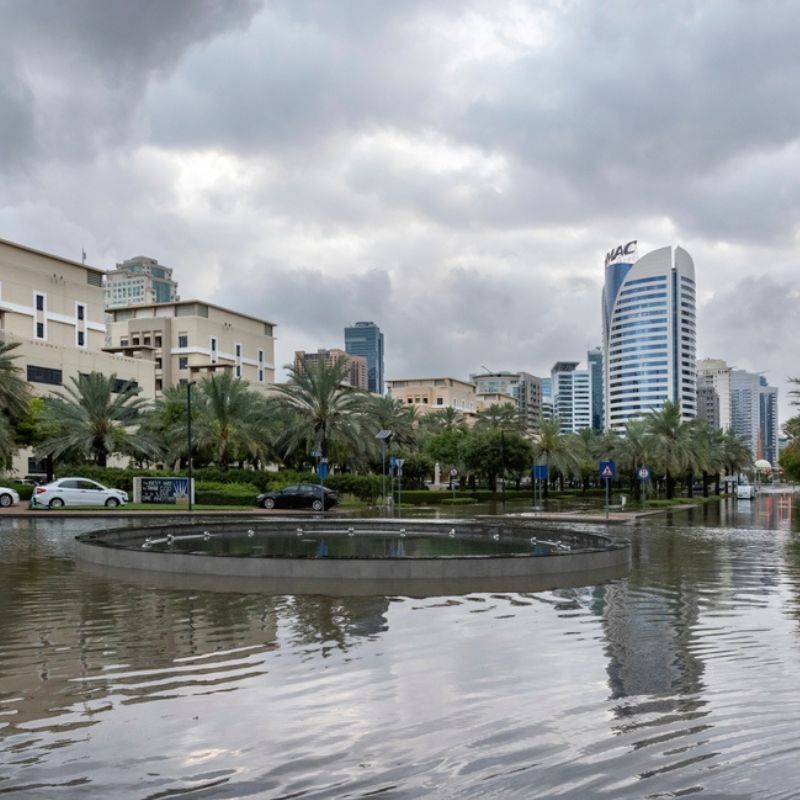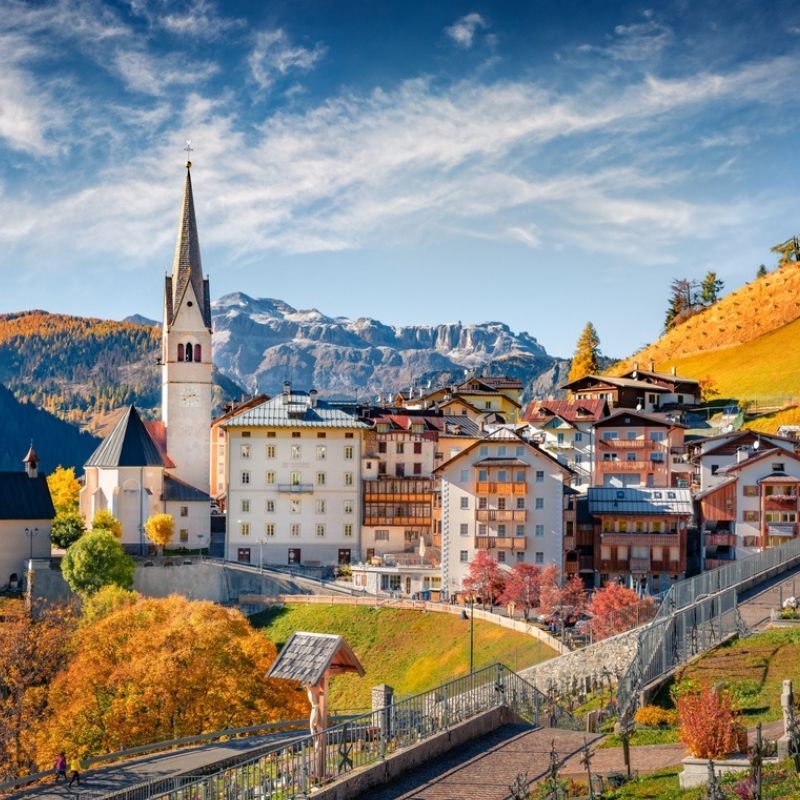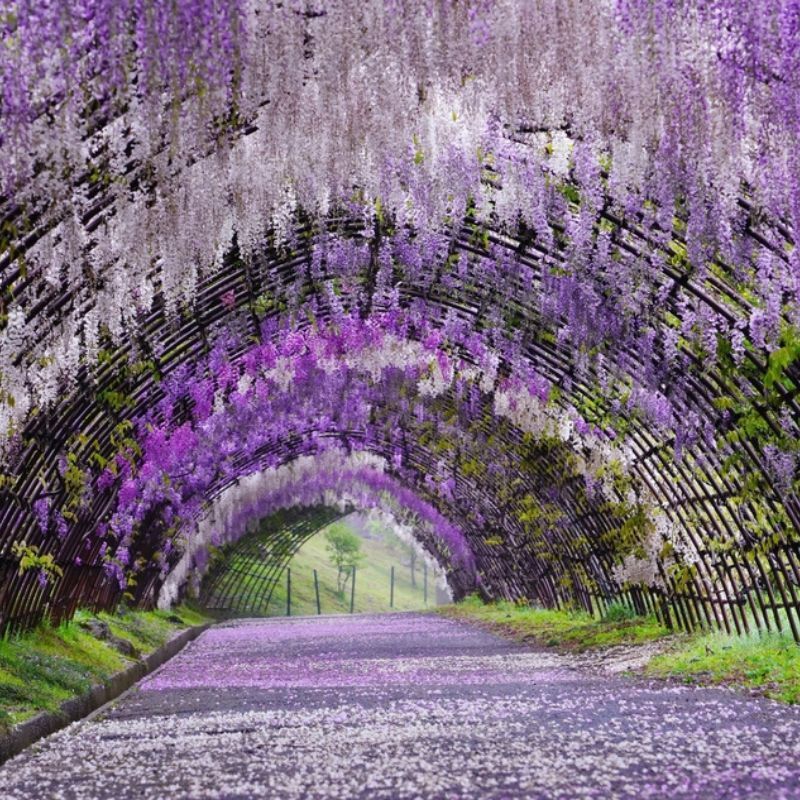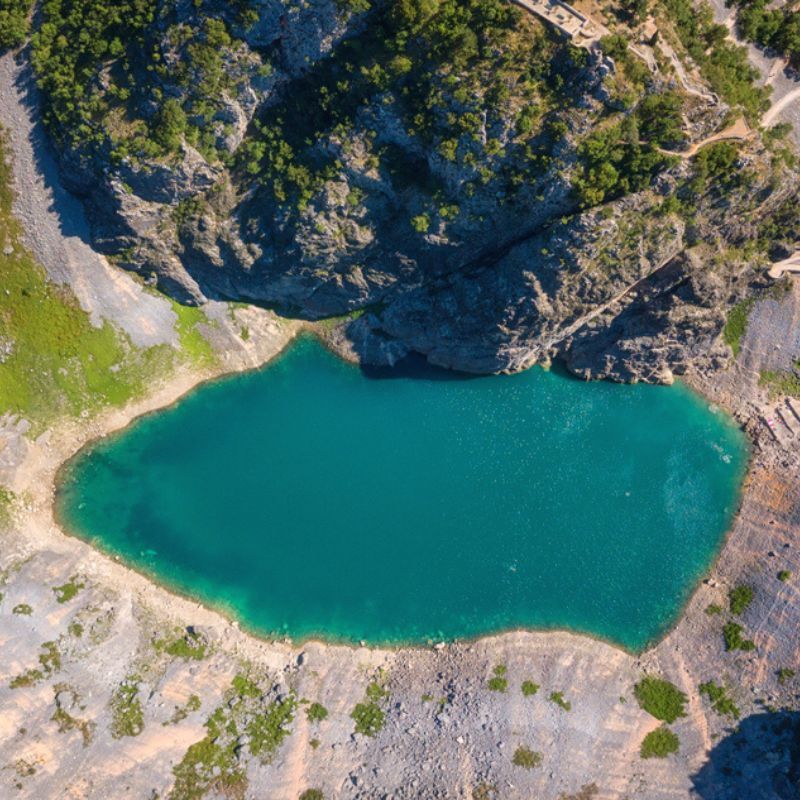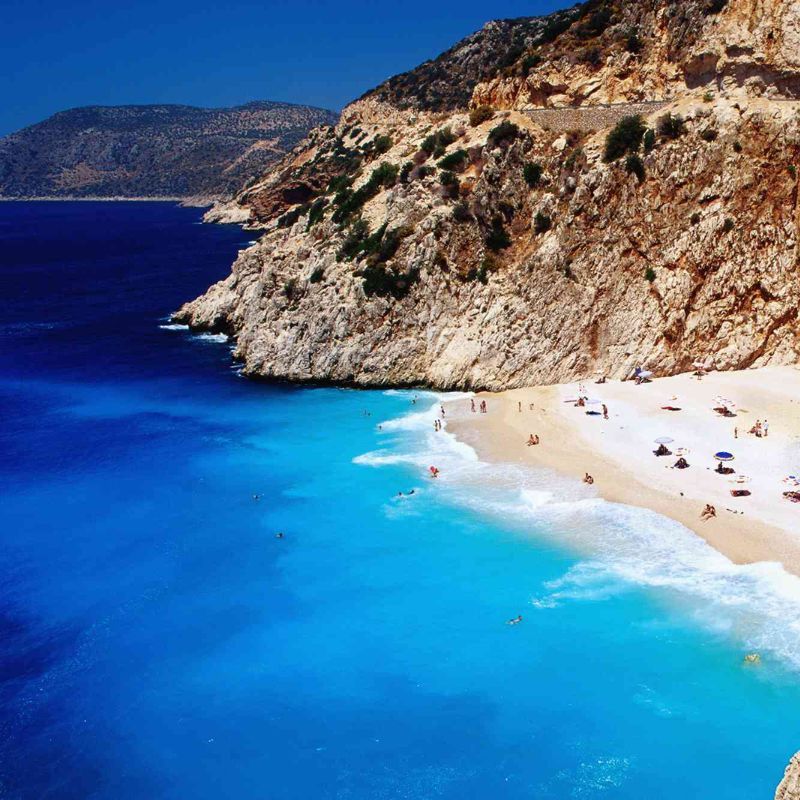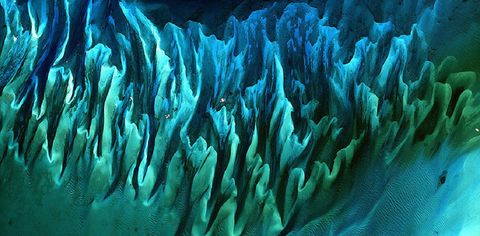
For decades, NASA has watched Earth from above. Thankfully, since 1999, the space agency has been kind enough to share its unique view of the world via Earth Observatory, whose mission is to “share with the public the images, stories, and discoveries about the environment, Earth systems, and climate that emerge from NASA research”. This includes some seriously stunning satellite images. So stunning, that over the last few weeks NASA went on a mission for humans to pick their favourite photo of Earth. More than 56,000 people voted in the bracket-style tournament, and it turned out Ocean Sand is everyone’s favourite view of our home planet. By Stacey Leasca
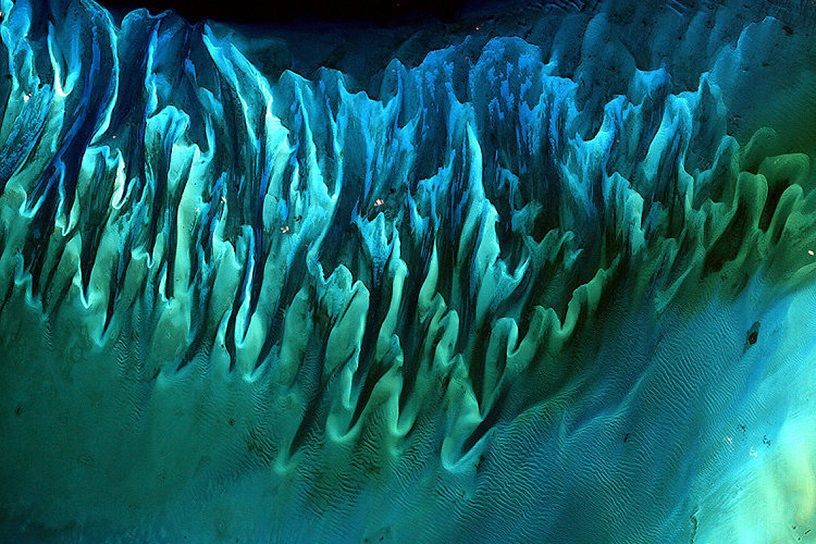
“Though the above image may resemble a new age painting straight out of an art gallery in Venice Beach, California, it is, in fact, a satellite image of the sands and seaweed in the Bahamas,” NASA wrote in the description of the ethereal image. The image, taken by the Enhanced Thematic Mapper plus (ETM+) instrument aboard the Landsat 7 satellite, was delivered back to Earth way back in 2001. “Tides and ocean currents in the Bahamas sculpted the sand and seaweed beds into these multicoloured, fluted patterns in much the same way that winds sculpted the vast sand dunes in the Sahara Desert.”
Though Ocean Sand came in with 66 percent of the vote, its challenger, Raikoke Erupts, is still a very worthy image to study.

According to NASA, “On the morning of June 22, astronauts shot a photograph (above) of the volcanic plume rising in a narrow column and then spreading out in a part of the plume known as the umbrella region. That is the area where the density of the plume and the surrounding air equalise and the plume stops rising. The ring of clouds at the base of the column appears to be water vapour.”
The other runner ups included Twin Blue Marbles, a composite image from multiple satellite missions.

As NASA noted, “A team of NASA scientists and graphic artists created layers of global data for everything from the land surface, to polar sea ice, to the light reflected by the chlorophyll in the billions of microscopic plants that grow in the ocean. They wrapped these layers around a globe, set it against a black background, and simulated the hazy edge of the Earth’s atmosphere (the limb) that appears in astronaut photography of the Earth.”
Lastly, is Where the Dunes End, which highlights the gorgeous scene above the Namib Desert.

“The abrupt transition from sand to land is visible in these images, acquired on November 13, 2019, by the Operational Land Imager on Landsat 8,” NASA wrote. “They show the northern extent of the Namib Sand Sea—a field of sand dunes spanning more than 3 million hectares (more than 10,000 square miles, or 25,900 square kilometres) within the Namib-Naukluft Park, which was named a UNESCO World Heritage site in 2013. Sand appears red, painted by a layer of iron oxide.”
Want more images like this? Check out Earth Observatory’s newsletter, which delivers photos of Earth each and every day right to your inbox.
Related: These Are The Hottest Places On Earth


